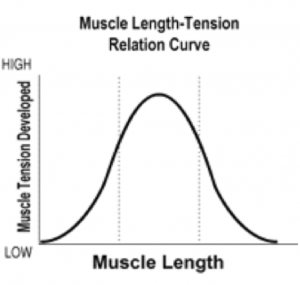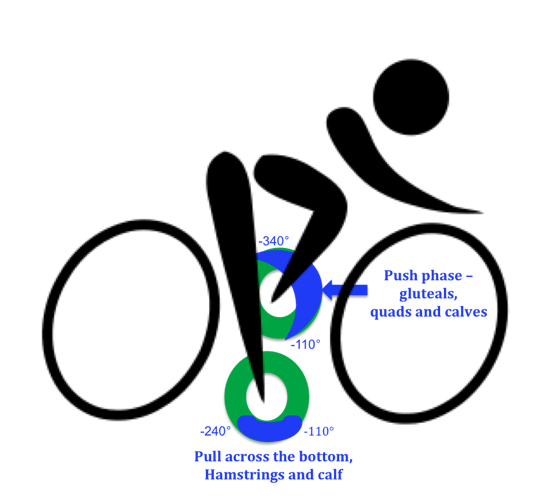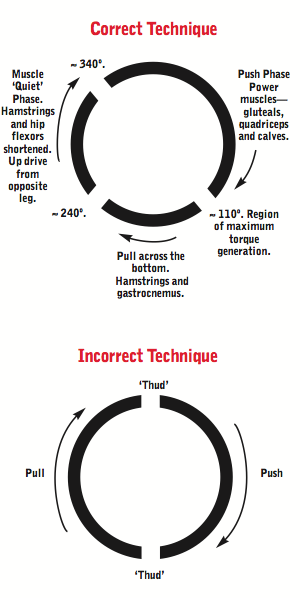Metagenics Natural Supplements available at Physio On Miller, Cammeray
Metagenics natural supplements are now available at Physio on Miller. Natural supplements can often be used in conjunction with physiotherapy and pharmaceutical interventions to improve the treatment of / recovery from many musculoskeletal conditions.
Prescription vs Over the Counter
By prescribing the Metagenics range of Natural Medicines we at Physio on Miller are recommending the highest quality, effective products available. Sold only through Healthcare Professionals, the Metagenics range is formulated to meet the exacting standards necessary to treat acute and chronic health disorders.
The benefits of natural supplements prescribed by a health professional
– A premium quality product that due to its potency is not suitable to be sold over the counter
– Appropriate prescription of the type of supplement and dosage
– Care that the supplement is not contraindicated with current medications
Overall prescription of supplements maximises their effectiveness as part of a wholistic treatment plan for a musculoskeletal condition.
Why Metagenics?
Metagenics is the ‘practitioner only’ products division of Health World Limited – the Australian and New Zealand leader in research and development of specialised nutritional supplements for healthcare professionals.
Innovation and Research
Metagenics are continually making innovations into existing products and treatments, and researching new products
Metagenics funds scientific research studies at several universities throughout the world and employs more than 20 Doctors, Naturopaths and Research Scientists. The Metagenics team is continually searching for newer and better ways to improve peoples’ health.
Highest Quality Raw Materials
The effectiveness of a Natural Medicine is directly proportional to the quality and strength of its raw materials. Metagenics uses only the purest ingredients and conducts assays to confirm that the raw materials purity, quality and efficacy.
Superior Manufacturing Processes
The Australian Metagenics head office consists of a $24 million purpose built office, manufacturing and testing facility located in Brisbane. This state-of-the-art investment is a TGA (Therapeutic Goods Administration) and GMP (Good Manufacturing Practice) approved site, which allows the future development and growth of Metagenics within the industry. The manufacturing processes used by Metagenics are some of the best in the world. Avoiding the use of excess heat, moisture and compaction, which can reduce the biological activity of many nutrients and herbs, Metagenics uses only natural non-reactive vegetable gums and cellulose. Also, Metagenics do not use the common reactive binders, fillers and synthetic additives which can cause adverse reactions and side effects.
Storage of raw materials and finished product is also of vital importance, as many Natural Medicines are damaged or destroyed by temperatures above 25°C. That’s why all Metagenics’ production and warehouse facilities are either air-conditioned or refrigerated. This ensures that the products you receive are the best.
The two natural supplements we will begin with are Metapure EPA / DHA (concentrated Fish Oil) and Fibroplex Plus (magnesium)
Metapure EPA / DHA

Metagencis fish oil Metapure EPA / DHA is superior quality fish oil compared to many other products on the market
EPA / DHA has been clinically shown to provide
– Temporarily relieve the pain and inflammation from arthritis
– Help maintain cardiovascular health and assist in the maintenance of triglycerides within a normal range
– Improve mood states including anger, anxiety, fatigue and confusion
Benefits of choosing Metagenics Metapure EPA / DHA
– Harvested using eco fishing and sustainable practices
– Metagenics standards testing for heavy metals and contaminants in the fish oil is higher than the Australian Standard
– Nitrogen flushing to reduce oxidation of oil. Oxidation of fish oil leads to rancidity and increased fishy taste
– Flavoured liquid and capsules to minimize any fishy taste.
– High concentration giving better value for money
Fibroplex Plus

Fibroplex Plus has been clinically shown to provide
– Symptomatic relief of fibromyalgia
– Management of fibromyalgia
– Relieve muscle aches and pains, spasms and cramps
– Reduce migraine frequency
– Support production of cellular energy
– Support healthy blood glucose levels
– Mineral supplementation
The benefit of Fibroplex compared to other magnesium supplements is the ‘Meta Mag’ magnesium diglycinate molecule developed and registered by Metagenics. Meta Mag has been tested against other forms of magnesium and shown to be absorbed into the body at a significantly greater rate than magnesium carbonate, sulfate or oxide. These forms of magnesium are commonly used in other supplements. The higher absorption also provides better value for money.
There are several other natural supplement that can assist to improve acute and chronic musculoskeletal disorders.
Please feel free to discuss natural supplements as part of your treatment plan with either Melissa or Robyn at your next visit to Physio on Miller.





